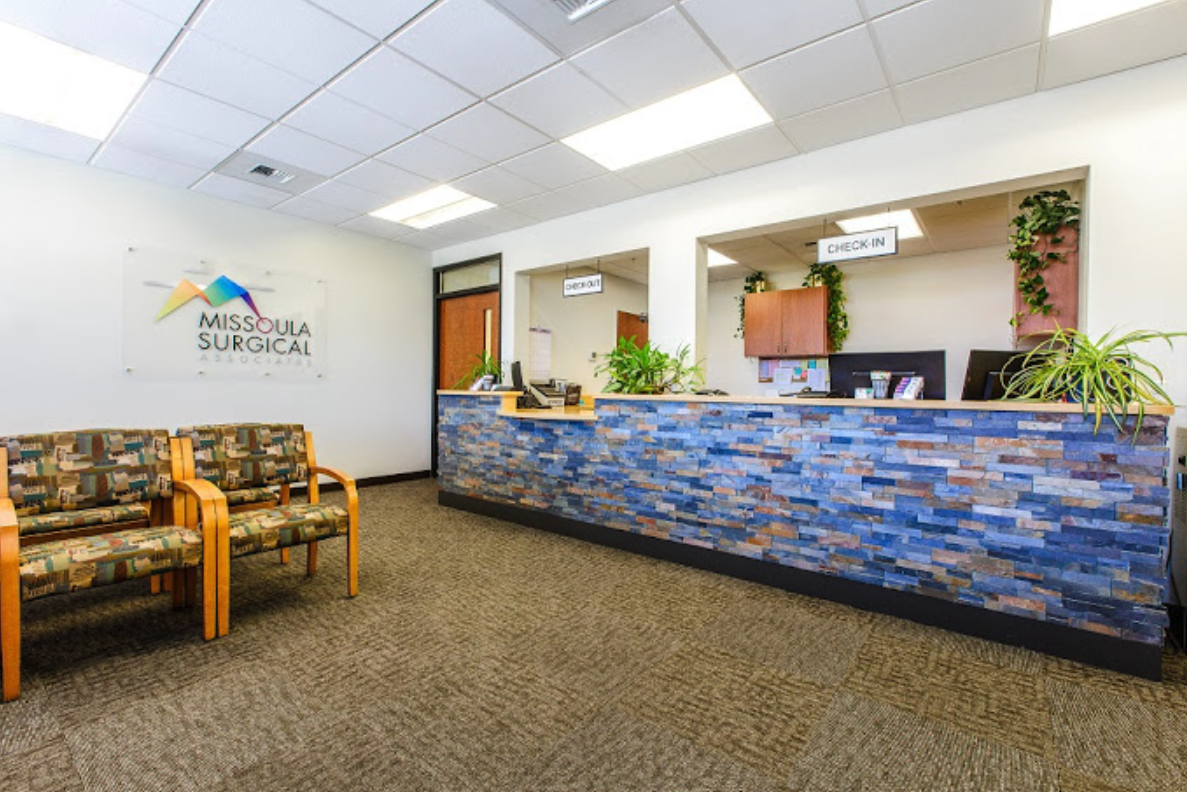What is GERD?
Missoula Surgical Association is dedicated to providing Montanans resources for GERD prevention and treatment, but what even is GERD? Gastroesophageal reflux disease, also referred to as GERD, is a condition which causes the contents of the stomach to travel up the esophagus, causing discomfort, heartburn, chest pain, and difficulty swallowing. More troublesome effects include esophagitis (inflammation of the esophagus) or the development of scar tissue.
What is the difference between heartburn and GERD?
Heartburn is a burning sensation in the chest just behind the breastbone. It’s a common problem that many effectively treat with over the counter medications. However, when heartburn occurs with more frequency, it can indicate that a more serious medical condition might be going on. Gastrointestinal Reflux or GERD is a chronic condition characterized by frequent bouts of heartburn. If left unchecked, complications of GERD can arise that may be severe and even permanent in some cases.
GERD is a chronic digestive condition that occurs when stomach acid refluxes back into your esophagus. Because the esophagus does not have the same protective lining found in the stomach, the acid can irritate the esophageal lining and cause that familiar burning sensation known as heartburn. People who suffer heartburn more than twice a week or to the point that it interferes with daily, life may be diagnosed with GERD.
Common Symptoms of GERD:
Heartburn: a burning sensation in the chest that may be worse while laying down or bending over.
Regurgitation: the feeling of stomach contents traveling back up the esophagus.
Difficulty swallowing: the feeling that food is stuck in the chest or throat.
Other symptoms include: sore throat, dry cough, excess of saliva and inflamed gums.
For a complete list symptoms, visit the International Foundation for Gastrointestinal Disorders: https://aboutgerd.org/signs-and-symptoms/signs-and-symptoms-overview/
How do you reduce symptoms of GERD?
Eat smaller, more frequent meals. While Montana sized meals are delicious, larger meals can increase pressure on the lower esophageal sphincter (LES), which can lead to reflux and discomfort.
Avoid common trigger foods. While trigger foods are different for everyone, common trigger foods and drinks include caffeinated beverages, alcoholic beverages, spicy foods, fried foods, chocolate and more. A great way to avoid these foods are to pack a meal before you hit the road, instead of stopping in to grab a snack at the nearest gas station.
For a list of foods to eat and avoid to reduce symptoms of GERD, visit the website of Johns Hopkins Medicine: https://www.hopkinsmedicine.org/health/wellness-and-prevention/gerd-diet-foods-that-help-with-acid-reflux-heartburn
Stay upright after a meal: try to avoid laying down following a meal.
Quit smoking: While quitting is easier said than done, smoking does contribute to the weakening of the LES, increasing the risk of reflux.
Get moving: regular activity can reduce the risk of reflux. Hiking to the M, biking the Bitterroot Trail, or walking downtown are great options to be active in daily exercise.
What can Missoula Surgical do for you?

With test results and a referral from your doctor, we can walk you through your options and help decide on the treatment that’s best for you.
A common treatment for GERD is medication to reduce stomach acid and heal the esophagus. If medication doesn’t improve symptoms or the patient is worried about the duration they may be on medication, surgery may be recommended to stop the damage of the esophagus and prevent further complications from arising.
What surgical options do Missoula Surgical provide?
Transoral Incisionless Fundoplication (TIF) is an effective treatment for GERD that does not involve cutting through the skin.
Surgery may be the best option for some, but for those who need a less invasive option, the TIF procedure offers less discomfort, faster recovery and no visible scars. A special TIF device is used to repair or recreate the body’s natural barrier to reflux. It restores the valve to the natural state without disrupting the anatomy.
Robotic Fundoplication Surgery utilizes the revolutionary da Vinci robotic system, which is one of the most significant advancements in surgery in decades.
It allows us to perform fundoplication surgery with enhanced precision and control using special wrist tools and 3D imaging. That means fewer complications, less pain and a faster recovery.
Laparoscopic Fundoplication Surgery is a procedure that uses special tools and a small camera known as a laparoscope to perform the surgery with very small incisions. The camera magnifies the abdominal cavity to provide greater precision during surgery.
Three to five small incisions are typically required for this procedure with a hospital stay of one to two days.
Open Fundoplication Surgery is the traditional procedure that uses an open approach that involves a larger incision and the surgeon’s own hands to perform the procedure.
While this technique is used much less frequently in light of the newer, less invasive techniques, there are still some circumstances where open fundoplication may be the best procedure for you.
To learn more about how we assist you in managing GERD, visit: https://msurgical.com/minimally-invasive-surgery-procedures-missoula/heartburn-gerd/


